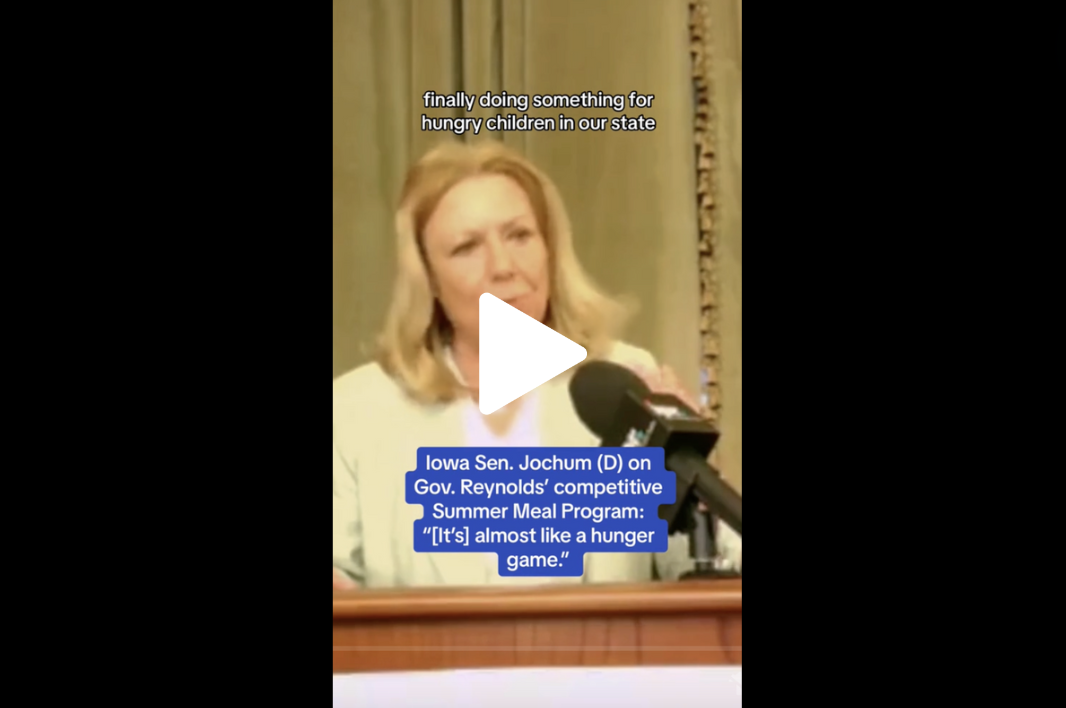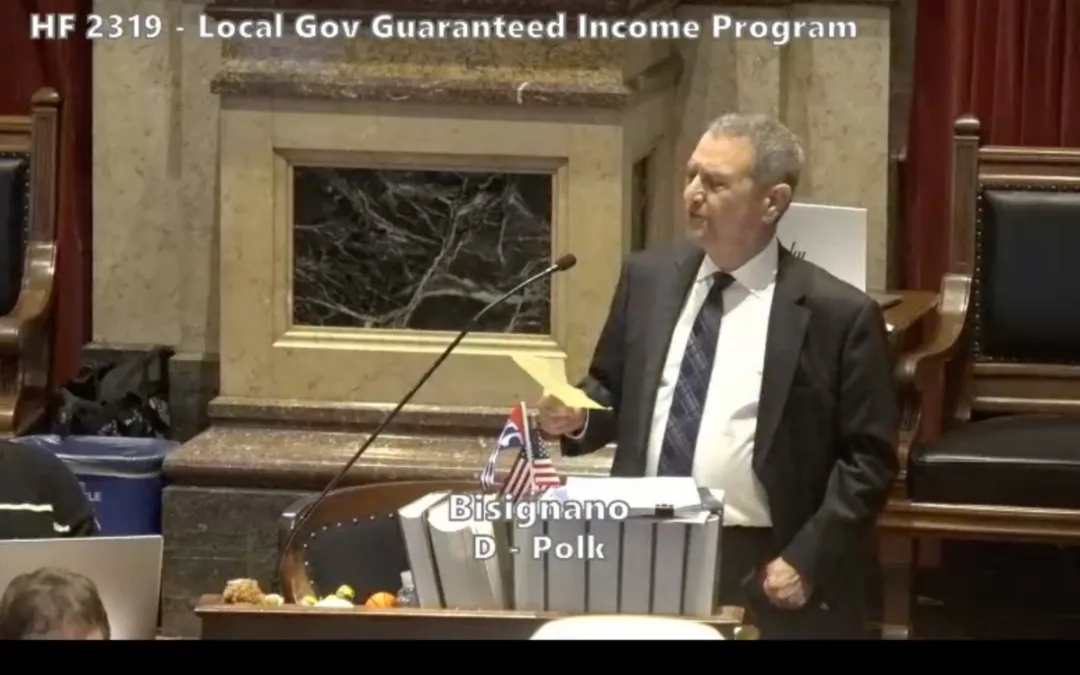
In a whirlwind week for trade and agricultural policy, the EPA’s Andrew Wheeler defended their approach to Small Refinery Exemptions (SREs) in a closed-door meeting with farm state senators.
In other parts of a busy day, President Trump approved $16 billion in trade aid for 2019, but 2018 trade-aid analysis shows that a majority of the payments went to the biggest, most successful farms.
SRE Update: EPA to Continue Down Current Path
According to four sources, Wheeler said in the private meeting that the program has had no negative impact on ethanol demand. This comes just a day after a biofuel CEO told Reuters that the ethanol industry is nearing its breaking point under the weight of the trade war and ethanol waivers.
Trump came to Iowa last month to celebrate the announcement of year-round E15 sales. But the trip did not go as planned, as farmers called him out on the empty deliverable.
After returning to D.C., he called a meeting with Wheeler and Sonny Perdue of USDA, telling them to review their stance on SREs. It seemed like Trump wanted to reverse course. But after Wheeler’s continued defense of their methods, it appears as though the exemption trend will continue.
Wheeler instead argued that the downturn for the ethanol market is due to falling gasoline consumption. It’s an interesting argument to be made, especially when you look at the numbers the EPA themselves has published on their own website.
[inline-ad id=”0″]
In 2015, half of the 14 SRE applications were denied or withdrawn, which was on par with the rest of the Obama Administration. In 2016, the number of applicants grew slightly, up to 20. However, while one application was withdrawn, each of the other 19 were approved.
This increased approval rate led to just under eight billion gallons of fuel being exempted from having ethanol mixed into it (up from just three billion exempted gallons in 2015). It’s only gotten worse from that point.
After word got out that SREs were a surefire acceptance, the number of applicants shot up to 37 in 2017, where two were withdrawn and the other 35 approved. Again, zero applications were denied, which led to another huge jump in exempted gallons.
In 2017, more than 17 billion gallons of fuel were waived to not require an ethanol mixture. The number of gallons exempted yearly has already risen more than 555% under the Trump Administration, compared to the 2015 numbers.
There were 40 applications submitted in 2018, none of which have been granted or denied yet.
Trade Aid News and Analysis
On Tuesday, Trump approved $16 billion for the Market Facilitation Program (MFP) for 2019. A sign that the trade war will continue to year’s end and beyond, the announcement shouldn’t come as a surprise. But new analysis from the Environmental Working Group (EWG), a nonprofit that specializes in research and advocacy for farm aid and a number of other environmental and agricultural issues, shows that a majority of the money from 2018 MFP payments went to large, corporate farms.
Through a Freedom of Information Act request, EWG was able to dive into the total $18 billion paid out in 2018 from all subsidy payments, not just MFPs. Of the MFP money, 54% of the payments went to just 10% of the recipients, including a $2.8 million payment to a farm partnership in Missouri, their analysis shows.
Their report also states that the top 1% of recipients received average MFP payouts of $183,331. Eighty-two farms across the country received payments of at least $500,000, while the bottom 80% received an average of just $5,000
In Iowa, which was paid the 2nd most money by state (behind only Illinois), farmers received $1.48 billion in subsidies, more than $1 billion of which came from commodity programs and crop-insurance subsidies. Here is a color-coded map showing the distribution of aid money paid out in Iowa, broken down by county. On a county-by-county basis, Kossuth County received more aid than any other, getting just over $30 million in subsidies in 2018.
Not surprisingly, soybean subsidies was the leading payment necessity, with 36,587 recipients receiving a shared total of $730,734,445. According to USDA data, 29% of Iowan farmers did not collect subsidy payments.
by Josh Cook
Posted 7/31/19
Politics

Biden marks Earth Day by announcing $7 billion in solar grants
The Biden administration on Monday announced the recipients of its Solar For All Program, a $7 billion climate program that aims to lower energy...

6 terrifying things that could happen if the Comstock Act is used to target abortion
Does 1873 sound like a really, really long time ago? Well, that’s because it is—but if Republicans and far-right anti-abortion activists have their...
Local News

No more Kum & Go? New owner Maverik of Utah retiring famous brand
Will Kum & Go have come and gone by next year? One new report claims that's the plan by the store's new owners. The Iowa-based convenience store...

Here’s a recap of the biggest headlines Iowa celebs made In 2023
For these famous Iowans, 2023 was a year of controversy, career highlights, and full-circle moments. Here’s how 2023 went for the following Iowans:...




